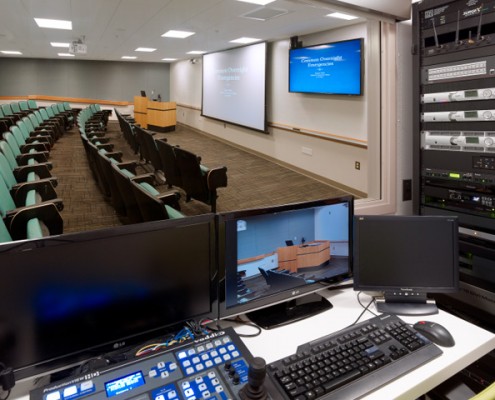Exploring the Development of Digital Display Tech and Its Impact on Setup Practices
Wiki Article
Electronic signage technology has come a long way since its beginning. At first, signs were static and needed hands-on updates, which could be time-consuming and challenging. With the progress of technology, digital signage has evolved into a flexible and interactive medium. Currently, displays can exhibit vibrant images, footage, and real-time information, making them more engaging for audiences. This transformation has not only changed how information is displayed but has also transformed the way businesses and entities interact with their customers.

One of the crucial developments in digital signage technology is the use of HD screens. These displays offer better resolution and color precision, which enhances the overall viewing encounter. Additionally, the advent of light-emitting diode and LCD technology has made it possible to create thinner and lighter screens. This has enabled for more versatile setup options, such as surface installation, suspending, or even independent screens. As a consequence, companies can select the best setup that fits their space and audience needs, making digital signage a flexible answer for different settings.
Another significant advancement is the incorporation of content administration systems (CMS). These platforms enable operators to easily create, schedule, and manage material across various important site screens from a single interface. This feature is particularly beneficial for businesses with several sites, as it ensures consistent communication and identity. Furthermore, many CMS platforms offer cloud-based options, enabling off-site control and real-time updates. This means that companies can promptly respond to changes in information or offers, maintaining their content fresh and pertinent.
The effect of digital signage solutions on setup methods cannot be overlooked. With the rise of engaging screens and touch displays, installation has become more complex. Technicians must now take into account elements such as wiring, connectivity, and user interaction. Additionally, the requirement for appropriate mounting and positioning is essential to guarantee optimal visibility and accessibility. As a consequence, expert setup services have become increasingly important, as they offer knowledge in both technology and design to create impactful digital signage solutions.
In conclusion, the evolution of digital signage solutions has profoundly impacted setup practices and the way data is shared. With advancements in display technology, media management platforms, and installation methods, companies can develop engaging and effective signage that captures the attention of their audience. As digital signage continues to expand and develop, it will certainly play a crucial role in defining the future of interaction in various industries.